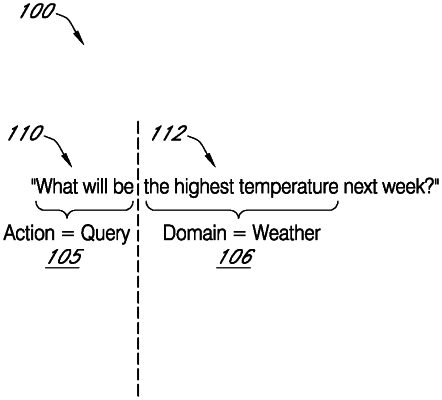| CPC G06F 40/56 (2020.01) [G06F 16/90332 (2019.01); G06F 40/284 (2020.01); G06F 40/30 (2020.01); G06N 7/01 (2023.01); G06N 20/00 (2019.01)] | 20 Claims |

|
1. A system for training a composed variational natural language generator implemented on a neural network, the system comprising:
an input interface configured to receive a training sequence of tokens including a first intent token and a second intent token;
a memory storing the composed variational natural language generator including an encoder and a decoder, and a plurality of processor-executable instructions; and
one or more processors executing the plurality-executable instructions to:
encode, by the encoder, the training sequence of tokens into an encoded sequence including a first latent variable corresponding to the first intent token and a second latent variable corresponding to the second intent token, wherein the first intent token and the second intent token are prevented from attending to each other during encoding;
compute an encoder loss based on a first conditional distribution of the first latent variable conditioned on the first intent token and a second conditional distribution of the second latent variable conditioned on the second intent token;
generate, by the decoder and from the encoded sequence, a reconstructed sequence of tokens;
compute a reconstruction loss based on a third conditional distribution of the reconstructed sequence of tokens conditioned on the first intent token, the second intent token, the first latent variable and the second latent variable;
train the composed variational natural language generator by updating parameters of the encoder and the decoder based at least in part on the encoder loss and the reconstruction loss; and
generate, by the trained composed variational natural language generator, a response output in response to an input of a testing utterance.
|